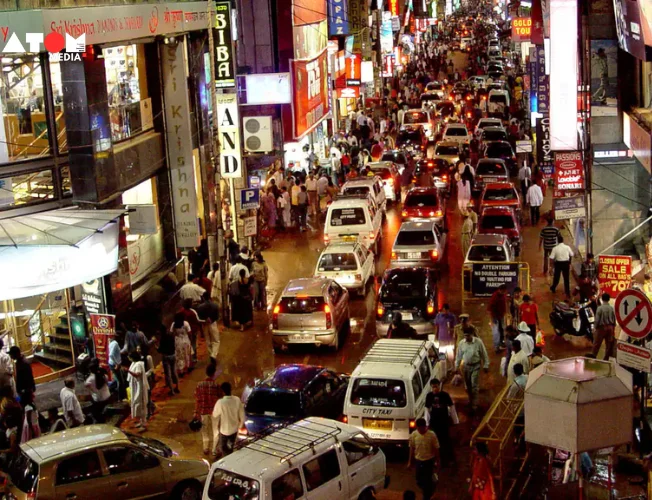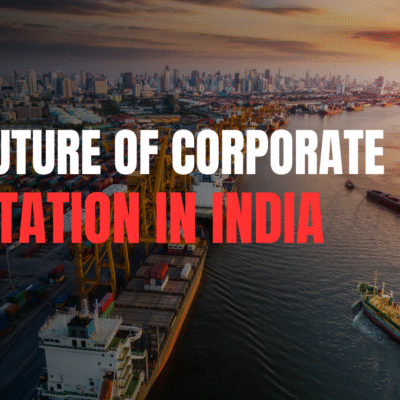The Controversial Post
Anjali Lal’s post reads: “Bangalore is not going to be liveable in the next five years. Just like Delhi isn’t now.” She followed this with a rhetorical question, “Folks, which city we all planning to go to and make unliveable next?”
This statement resonated with many who shared her concerns, while others vehemently disagreed, prompting a wide range of reactions and discussions. The post quickly went viral, garnering over 280,000 views and nearly 1,500 likes within a day.
The Debate: Is Delhi Unliveable?
The debate kicked off with users expressing their thoughts on Delhi’s living conditions. One user challenged Lal, saying, “Wdym Delhi isn’t liveable? And please come up with a better reason than pollution.” Lal responded by highlighting several issues: “Can’t breathe during winters. Can’t roam outside without being ogled at. Rude people. Water problems in addition to all that.”
Diverse Opinions on Social Media
The post drew a plethora of reactions, illustrating the diversity of opinions among residents and observers of Delhi and Bengaluru. Here are some notable responses:
- Agreeing with Lal: Some users supported Lal’s perspective, citing personal experiences of poor air quality, safety concerns, and infrastructural issues in Delhi. One user commented, “Pune on its way. Hyderabad is already there. Let’s not name any places that still have some sanity left, else we will soon be rushing there too.”
- Opposing Views: Others defended Delhi, pointing out its advantages despite the challenges. A user noted, “Delhi has good infrastructure. Pollution is an issue, but that is for nearly the whole of North India to a certain extent. Delhi is better than Bangalore in terms of water availability.”
- Comparing Cities: Some users compared the livability of different cities, with one stating, “If you’ve been in cities like Mumbai for most of your life, Bangalore won’t look like a liveable city to you ever. PS – I’m not saying Mumbai doesn’t have its own cons.”
- Suggestions for Alternative Cities: A few users suggested other cities as potential better living options. A user wrote, “Kochi is a great candidate. Metro, malls, tech company scenes, international airport, great tourist spots nearby, etc.”
Analysis of Delhi’s Livability Issues
Delhi, India’s capital, faces several challenges that affect its livability:
- Air Pollution: Delhi’s air quality, especially in winter, is notoriously poor, often reaching hazardous levels. The smog caused by vehicular emissions, industrial activities, and crop burning in neighboring states contributes significantly to this issue.
- Safety Concerns: The city has been grappling with safety issues, particularly for women. Instances of harassment and crime have been widely reported, creating an environment of caution and apprehension.
- Water Scarcity: Water availability is another pressing concern. The city’s rapidly growing population and the depletion of groundwater resources have exacerbated water scarcity, affecting daily life.
- Traffic and Infrastructure: While Delhi boasts impressive infrastructure, its traffic congestion is a major problem. The city’s roads are often clogged, leading to long commute times and increased pollution levels.
Bengaluru: The Next Delhi?
Lal’s post also predicted a decline in Bengaluru’s livability, drawing parallels with Delhi. Known as the Silicon Valley of India, Bengaluru has its own set of challenges:
- Rapid Urbanization: The city has seen explosive growth in recent years, leading to overburdened infrastructure and services. This rapid urbanization has resulted in traffic congestion, inadequate waste management, and stressed public utilities.
- Water Management: Water scarcity is a looming issue for Bengaluru. The city’s reliance on borewells and depleting groundwater levels pose a significant threat to its sustainability.
- Environmental Concerns: Loss of green cover, encroachment of lakes, and increasing pollution levels are environmental concerns that need immediate attention.
Conclusion
The debate sparked by Anjali Lal’s post underscores the broader issues of urban planning and sustainability in India’s major cities. While her views on Delhi and Bengaluru’s livability may be contentious, they highlight real challenges that need to be addressed.
As cities continue to grow and evolve, it is crucial for policymakers, urban planners, and citizens to collaborate on creating sustainable, livable environments. This includes improving air quality, ensuring water availability, enhancing safety, and managing urban growth effectively.
Final Thoughts
What are your thoughts on the living conditions in cities like Delhi and Bengaluru? Do you agree with Anjali Lal’s assessment, or do you have a different perspective? Share your views and join the conversation on how we can make our cities better places to live.
By addressing these issues head-on and working towards sustainable solutions, we can hope to create urban spaces that are not only livable but also thriving and vibrant, ensuring a better quality of life for all residents.
Read more: Marketing News, Advertising News, PR and Finance News, Digital News





